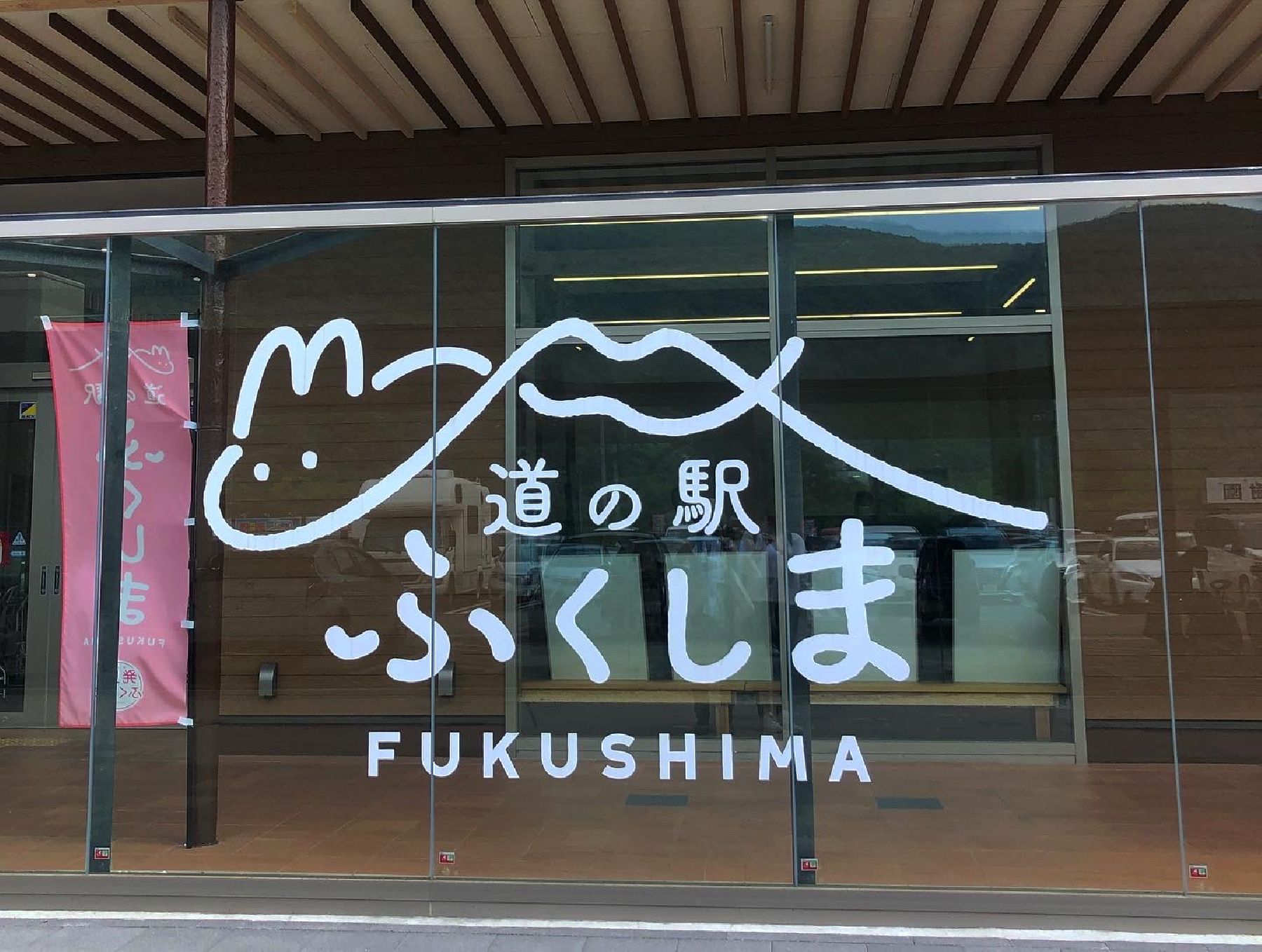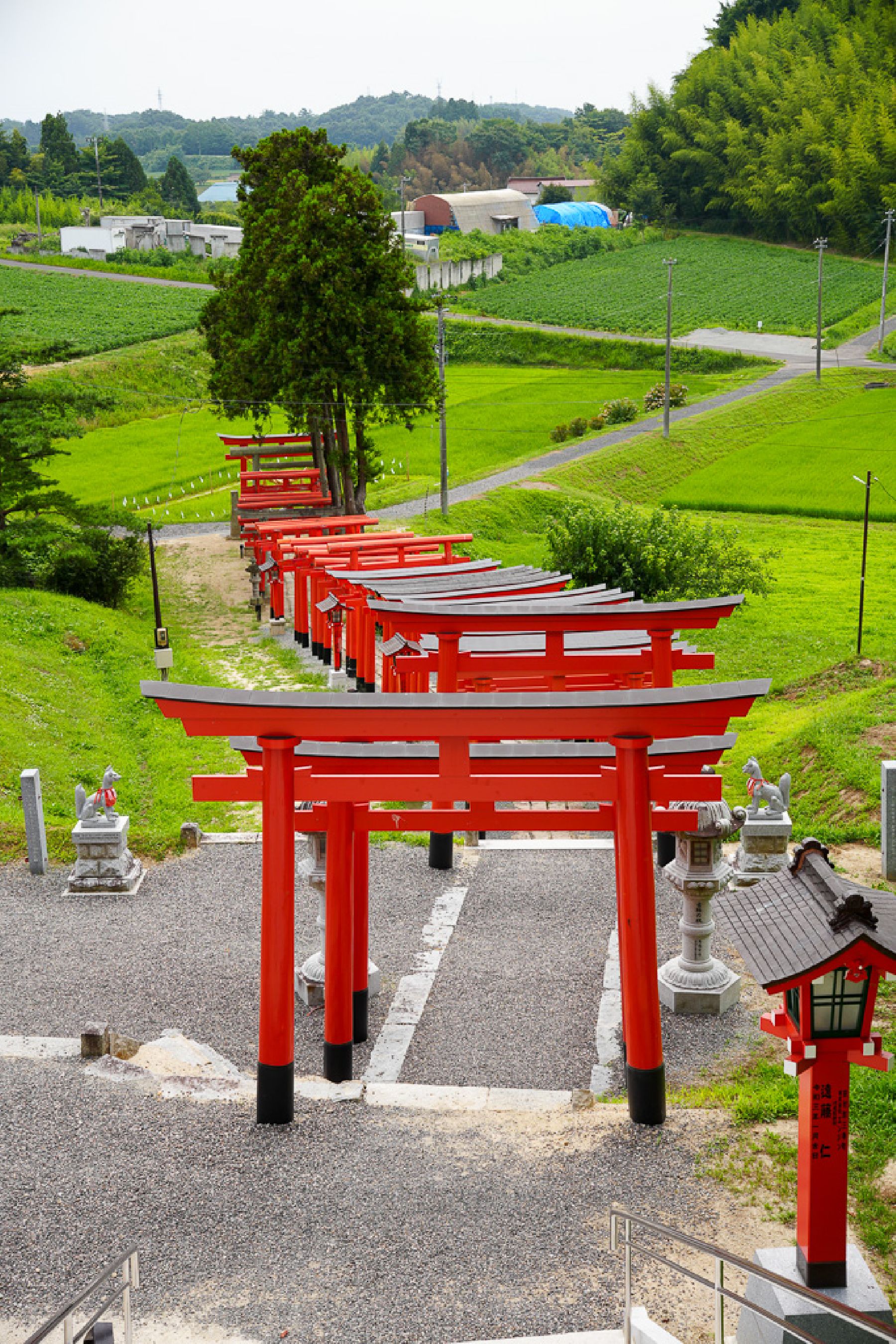
Michi-no-Eki Fukushima (Roadside Stop)
Newly opened in 2022, Michi-no-Eki Fukushima (道の駅ふくしま)is a great place to buy local produce, souvenirs, and eat delicious Fukushima foods! Or even just to pause for a break along your road trip.It is located near the Fukushima Fruit line, so you’ll find a good assortment of delicious fresh fruit on display. You can also go fruit-picking to the nearby orchards using the rental bicycles available.Click here for more information on fruit picking in Fukushima!There is a dog park and an indoor play area for children called Momo Rabi Kids Park, which has many cute wooden toys and structures for children to play at as well as an indoor sandpit.We recommend trying the unusual ice-cream flavors at ‘yukiusagi’, a sweets shop that sells delicious parfaits and desserts using local produce. They sell rice-flavored ice-cream, as well as a special flavor called “Fukushima’s Sky Milk”(ふくしまの空ミルク), which has a salty milk flavor!







